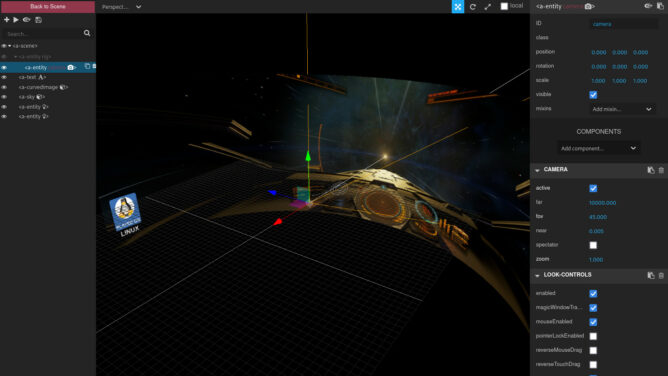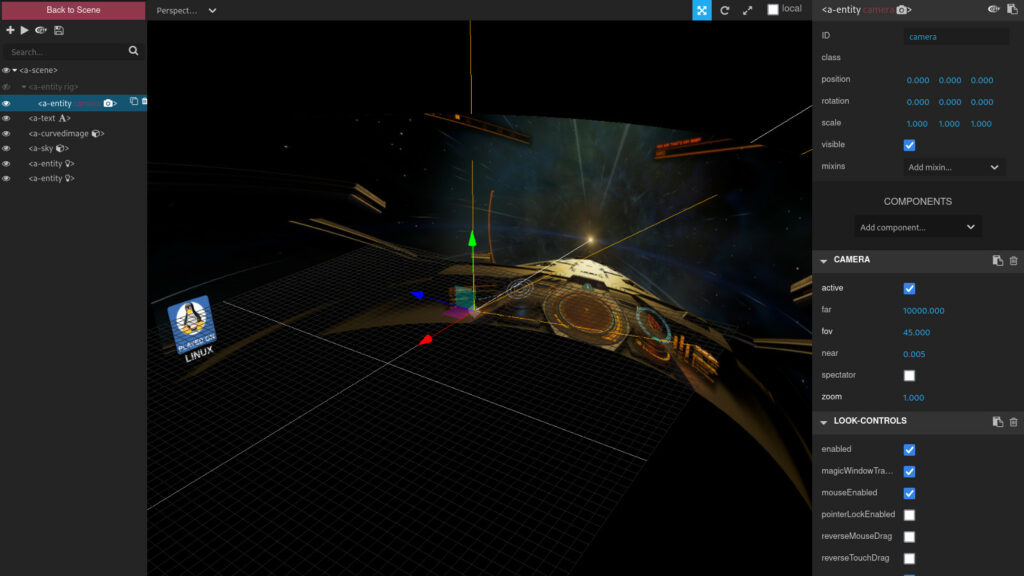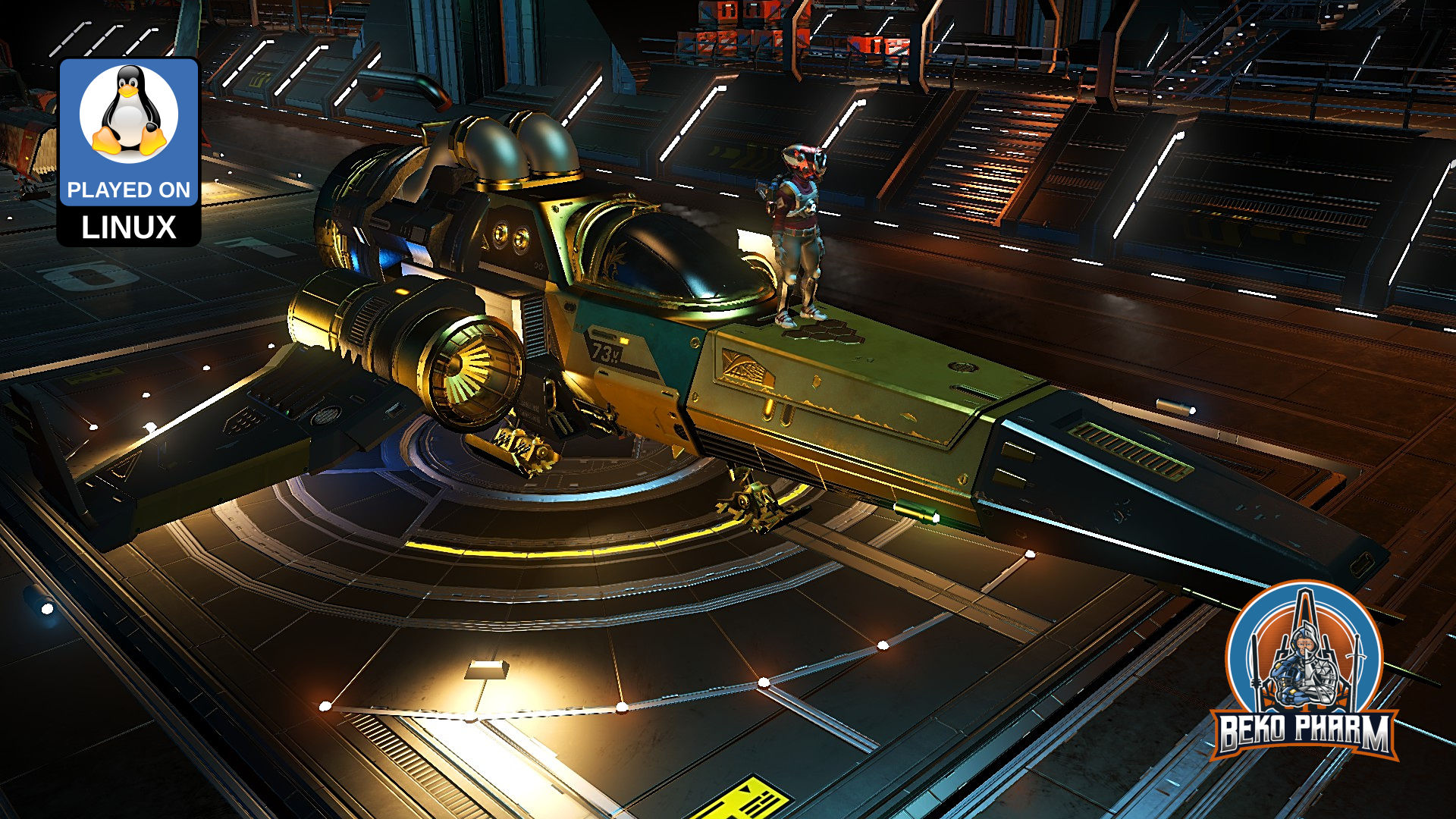Yes, #NoMansSky does only support one gamepad. Single digit. This gamer doesn’t care. Here have #Headtracking and #HOTAS in #NMS. Vanilla. No mods. Thanks #OpenTrack, #AntiMicroX and #MoltenGamepad ❤️
Mebbe I’ll do a proper recording someday:
Wondering about that button box? Didn’t use it in this demo but you can find plenty more examples on the channel and more details on my blog: https://beko.famkos.net/category/simpit/
How it’s done? NMS does support a gamepad but it also reads/maps all gamepads to a single device. It makes no difference between multiple gamepads!
This leaves me with a very limited amount of possible buttons on the HOTAS after mapping that to one virtual gamepad using MoltenGamepad (I usually split that one up into multiple gamepads for braindead games).
So for additional buttons I used AntiMicroX to map the rest as keyboard presses.
Doing so I noticed that NMS does “look-around” on the right stick and this is where OpenTrack comes into the play. It offers a joystick output (using evdev) and that is also just… a gamepad! Needs some remapping though to get pitch and jaw to the proper axis for NMS. This is done via SDL env (basically what Steam does under the hood but boy their GUI for that sucks): SDL_GAMECONTROLLERCONFIG="000022e86f70656e747261636b206800,opentrack-to-nms,rightx:a3,righty:a4,platform:Linux,crc:e822,"
And there you have it. NMS with my trusty old X52 Pro and a DIY headtracker for 5 bucks 🤓
PS: I’m aware that the recording quality sucks. This was very spontaneous with a webcam sitting on my chair. I basically just finished my happy dance that this started working properly and decided to smash that recording button. PC was not even in “gamemode”.






























